
Topiaries, the art of trimming and shaping plants into ornamental shapes, have been a significant part of gardening for centuries. From the ancient Romans to the sprawling estates of Renaissance Europe, this art has continued to inspire and captivate garden enthusiasts. If you’ve ever wondered how to grow a topiary or how to get started with this unique gardening technique, you’re in the right place. In this comprehensive guide, we will delve into everything from planting a topiary in a pot to more specific plants like the English Ivy or yew topiary.
Getting Started: How to Plant a Topiary in a Pot

Before diving into the details of particular plants, let’s start with the basics of how to plant a topiary in a pot.
- Choosing a Pot: The pot should be large enough to accommodate the roots and give them space to grow. Make sure it has drainage holes to prevent waterlogging.
- Soil: Use a well-draining potting mix. This ensures that the roots don’t sit in moisture, which can lead to root rot.
- Planting: Insert your plant and fill the pot with soil, pressing down gently to eliminate air pockets.
How to Plant a Wire Topiary

When people hear the term “topiary,” many imagine intricate wire forms adorned with vines and leaves. Here’s how to plant a wire topiary:
- Choose Your Form: Wire topiaries come in various shapes and sizes. From spirals to animals, select a form that fits your style.
- Position Your Form: Place the wire form in your desired location, whether in a pot or directly in the ground.
- Wrap Your Plant: Using a trailing plant, start at the base of the wire form and gently wrap the plant around it. Secure with garden ties if necessary.
- Maintenance: As your plant grows, continue to guide it around the form, trimming any excess growth.
Growing an English Ivy Topiary
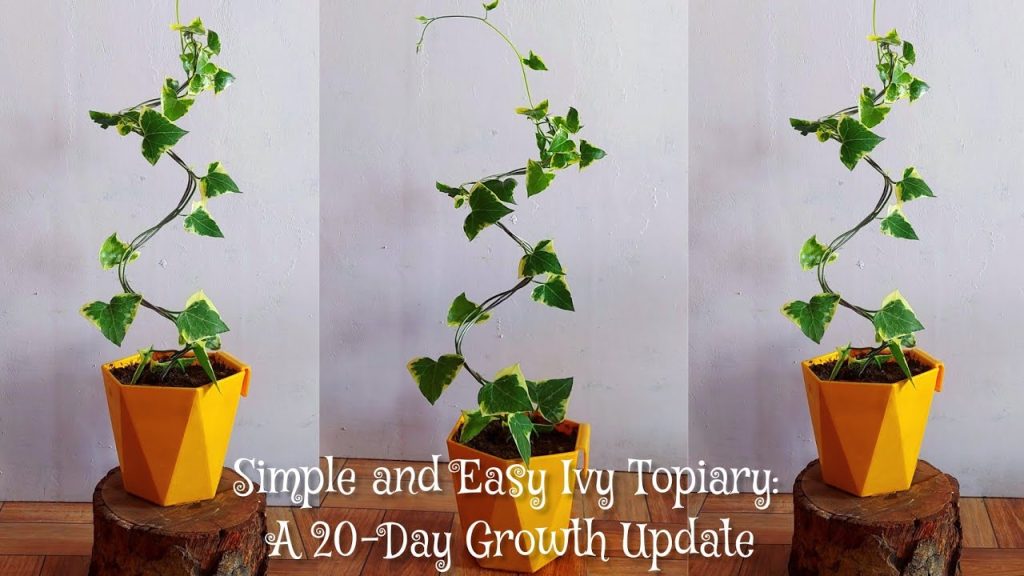
The classic choice for topiaries, how to grow an English Ivy topiary, is a frequently asked question. English Ivy is a favorite because of its fast growth and lush appearance.
- Select a Form: As with wire topiaries, begin by choosing a shape.
- Planting: Plant your ivy at the base of the form.
- Training the Ivy: Gently guide the ivy vines around your form, securing with ties as needed. Trim excess growth to maintain shape.
How to Plant Topiary Balls

Topiary balls are spherical structures adorned with plants. Here’s a guide on how to plant topiary balls:
- Prepare the Ball: Make sure your ball form is stable, whether hanging or on a stand.
- Select Your Plant: Choose a plant with dense growth, such as boxwood or privet.
- Attach the Plant: Attach the plant to the form, ensuring even coverage all around.
How Long Does It Take to Grow a Topiary?
The time it takes can vary, but a frequently posed question is how long does it take to grow a topiary? While some plants like the English Ivy grow rapidly, others may take months to years to achieve the desired shape. Patience is vital in topiary gardening.
Topiary Forms and Their Uses

For those interested in how to plant topiary forms, the process can be quite similar to wire topiaries. The form you choose can be of various materials, including metal, moss, or even plastic.
- Moss Forms: Often filled with soil, allowing plants to grow directly from them.
- Metal Forms: Durable and great for guiding plants.
- Plastic Forms: Lightweight and often used for hanging topiaries.
Tips to Help a Topiary Grow
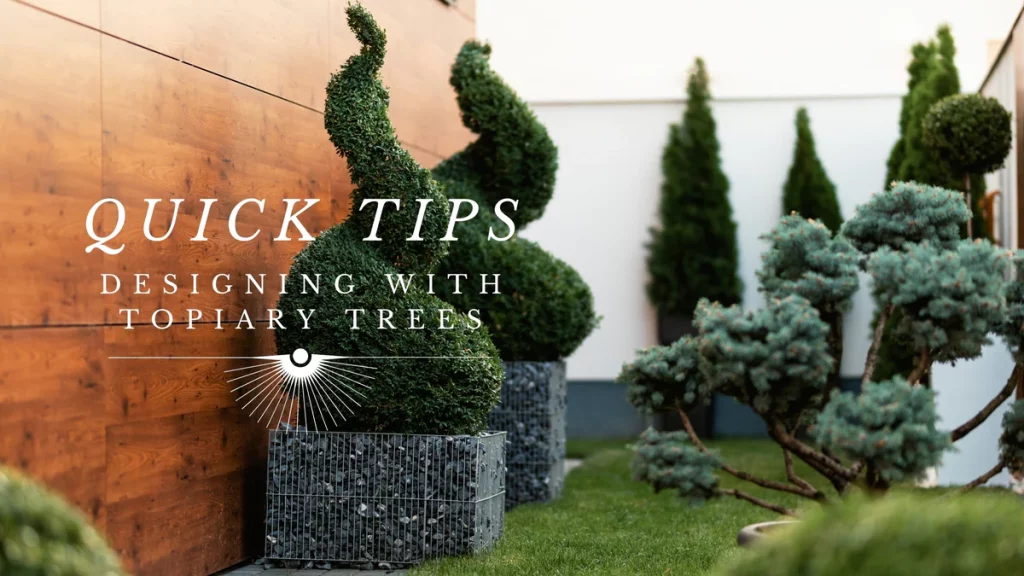
For those wondering how to help a topiary grow, here are some expert tips:
- Regular Pruning: This helps maintain the shape and encourages dense growth.
- Fertilize: Provide your plants with the necessary nutrients for robust growth.
- Consistent Watering: Ensure the soil remains moist but not soggy.
How to Plant a Lavender Topiary

Lavender, with its fragrant flowers and silvery foliage, can make a stunning topiary. For how to plant a lavender topiary:
- Select a Young Plant: This ensures easier training.
- Prune: Trim the lavender to encourage upright growth.
- Shape: As the plant grows, continue shaping it to your desired form.
Succulent Topiaries: A Modern Twist
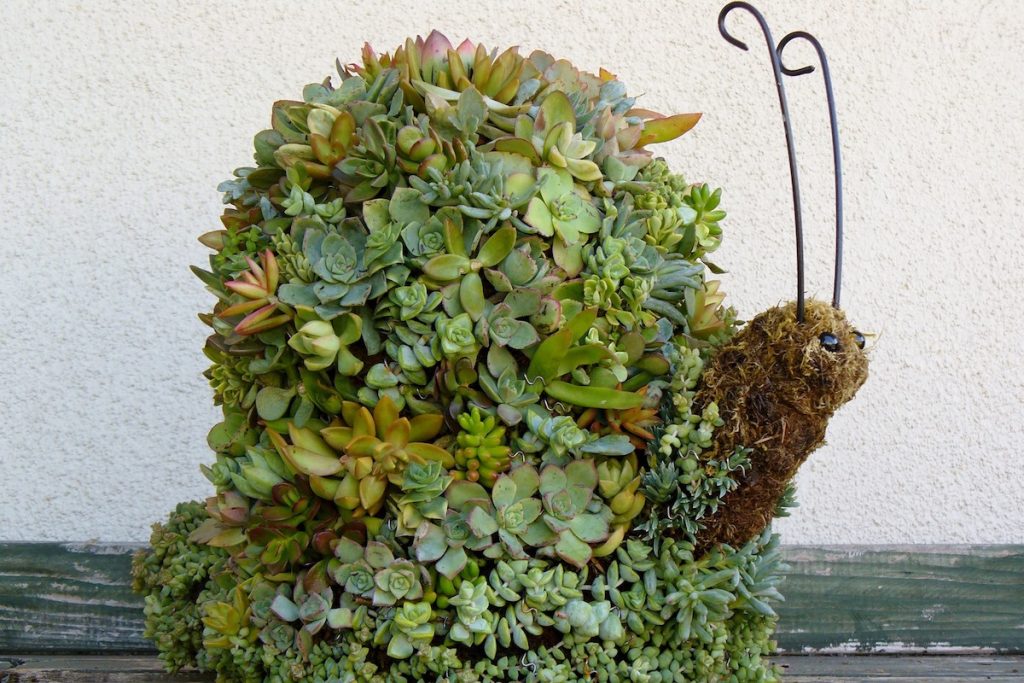
How to plant a succulent topiary has become a trending topic due to the popularity of succulents. These low-maintenance plants can create a unique topiary.
- Choose a Form: Moss forms work best for succulents.
- Insert Your Succulents: Push the stems or cuttings into the moss, ensuring they make contact with the soil inside.
How to Grow Yew Topiary
Lastly, for those interested in the how to grow yew topiary:
- Select a Young Yew: Opt for one with a single, straight leader.
- Train and Shape: As with other plants, guide your yew into the desired shape, pruning and training as it grows.
Watering Your Topiary

One of the most frequent mistakes in topiary care is overwatering. While it’s essential to keep the roots moist, it’s also crucial not to drown them.
- Pot Topiaries: Ensure that your pot has good drainage. Water when the top inch of soil is dry, ensuring the roots are moist but not waterlogged.
- Ground Topiaries: Ground-planted topiaries typically require less watering than potted ones. However, during dry spells, make sure to provide supplemental watering.
Sunlight and Placement

Understanding the sunlight requirements of your topiary plant is vital.
- English Ivy: Prefers partial to full shade.
- Lavender: Thrives in full sun.
- Yew: Prefers full sun to partial shade.
Position your topiaries accordingly to ensure they receive the right amount of sunlight.
Feeding and Fertilizing

How to help a topiary grow in terms of nutrition? Each plant has specific nutrient needs:
- General Rule: Use a balanced, all-purpose fertilizer for most topiaries. Follow package instructions closely.
- Succulent Topiaries: Use a cacti and succulent-specific fertilizer.
Protecting from Pests and Diseases
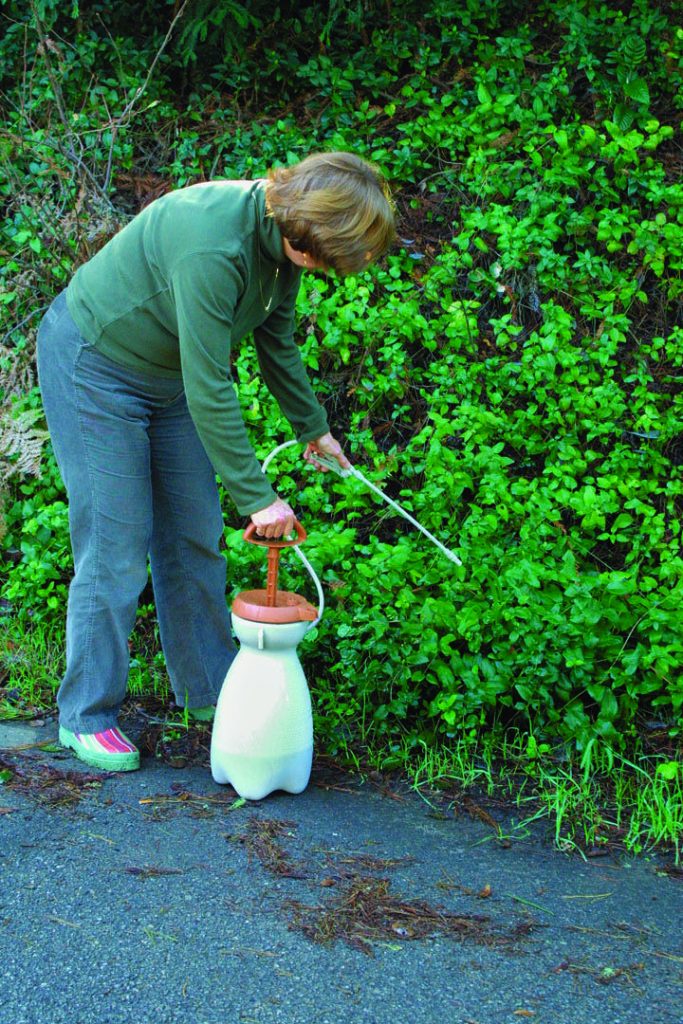
Pests can be a challenge, especially when dealing with dense foliage of topiaries.
- Inspect Regularly: Check your topiary for signs of pests like aphids, mites, or caterpillars.
- Natural Predators: Ladybugs and predatory mites can help in controlling pests.
- Fungal Diseases: Ensure good airflow around your topiaries and avoid watering the foliage to prevent fungal issues.
Seasonal Care and Winter Protection

If you’re wondering how long it takes to grow a topiary, remember that seasons play a vital role.
- Spring: This is the best time for shaping and pruning your topiaries as plants spring back to life.
- Summer: Regular watering and feeding are crucial as the plants are in their active growth phase.
- Autumn: Prepare your plants for the colder months ahead. Reduce watering and start considering protection methods for frost-sensitive plants.
- Winter: Protect your sensitive topiaries with fleece or move them to sheltered locations. Remember, some topiaries, like the Yew, are evergreens and will need some winter care.
Repotting and Root Care
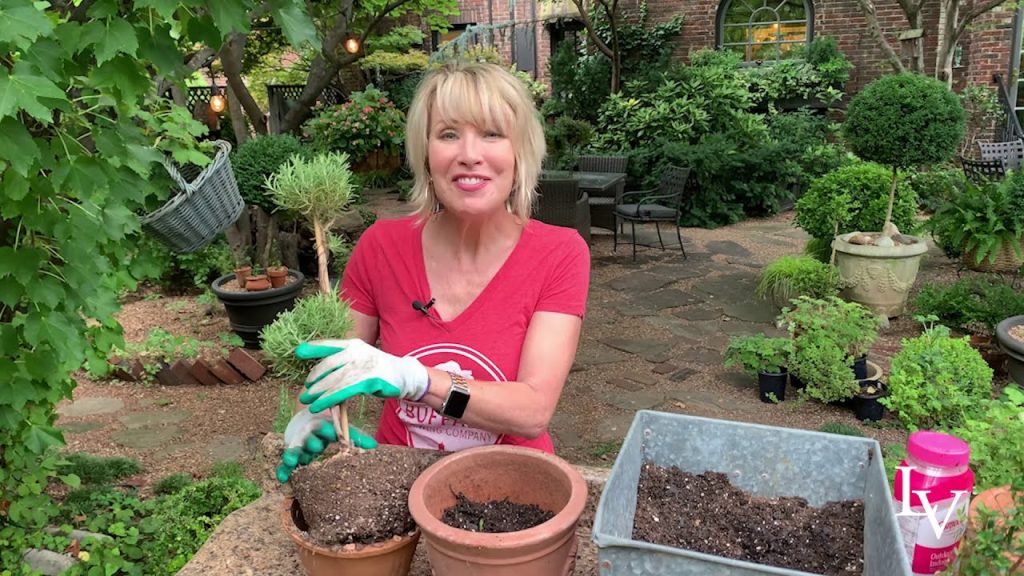
For those who have chosen the journey of how to plant a topiary in a pot, it’s essential to think about the roots.
- Check for Root-bound Plants: If the roots start circling around the pot’s edge, it might be time to repot or trim the roots.
- Repotting: Choose a slightly larger pot and fresh potting soil. Ensure the new pot has ample drainage.
Historical Glimpses of Topiary Art

The ancient civilizations had a significant role in shaping the art of topiary.
- Ancient Romans: Historians believe the Romans were among the first to shape trees and shrubs into ornamental designs. Their villas and public spaces often showcased plants sculpted into geometric forms.
- Renaissance Europe: Topiary art saw a resurgence during the Renaissance, especially in Italy and France. These were often intricate and showcased in the formal gardens of the elite.
Famous Topiary Gardens Around the World

For anyone pondering how to grow a topiary, sometimes inspiration can be found in the masterpieces of renowned gardens.
- Levens Hall, England: Home to some of the world’s oldest topiary designs, this garden boasts elaborate shapes and massive topiary sculptures.
- Green Animals Topiary Garden, USA: Located in Rhode Island, this garden features more than 80 pieces of topiary art, including animals and geometric designs.
- Jardin de Marqueyssac, France: With over 150,000 hand-pruned boxwoods, this garden is a testament to patience and dedication.
Modern-day Innovations
Contemporary topiary artists have taken this ancient art to new heights.
- Living Sculptures: Some artists now create dynamic designs, allowing their topiaries to evolve and change with the seasons.
- Edible Topiaries: Incorporating herbs and edible plants, these topiaries are not only beautiful but also serve a culinary purpose.
DIY Topiary Projects

For those looking to dabble in this art form, there are numerous DIY topiary projects to kickstart your journey:
- Miniature Moss Topiaries: Perfect for indoor spaces, these small-scale projects can be a delightful addition to your desk or window sill.
- Animal Shapes: Channel your creativity by attempting a simple animal shape, perhaps a bird or cat, to add a whimsical touch to your garden.
- Themed Gardens: Consider creating a topiary garden based on a particular theme – perhaps characters from your favorite book or movie.
The Role of Community and Sharing
Modern technology has made it easier for topiary enthusiasts to connect and share.
- Online Forums: Platforms like GardenWeb or Houzz allow users to share tips, tricks, and their topiary creations.
- Workshops: Look for local gardening workshops or classes that focus on topiary art. Learning in a hands-on environment can be extremely beneficial.
- Topiary Festivals: Many cities now host topiary festivals, providing a platform for artists to showcase their work and for visitors to draw inspiration.
Conclusion
From its historical roots to its present-day innovations, topiary art is a constantly evolving dance between humans and nature. As we’ve seen, the possibilities are endless, limited only by imagination and patience.
Whether you’re a seasoned gardener or a curious novice, the world of topiaries beckons with its blend of history, art, and nature. So, why not give it a try? Remember, every snip and trim you make is a stroke on the canvas of nature, creating a masterpiece that is uniquely yours.
For more insights, tips, and stories from the world of gardening, dive deeper into our vast gardening collection here. And as always, keep growing and keep shaping.











